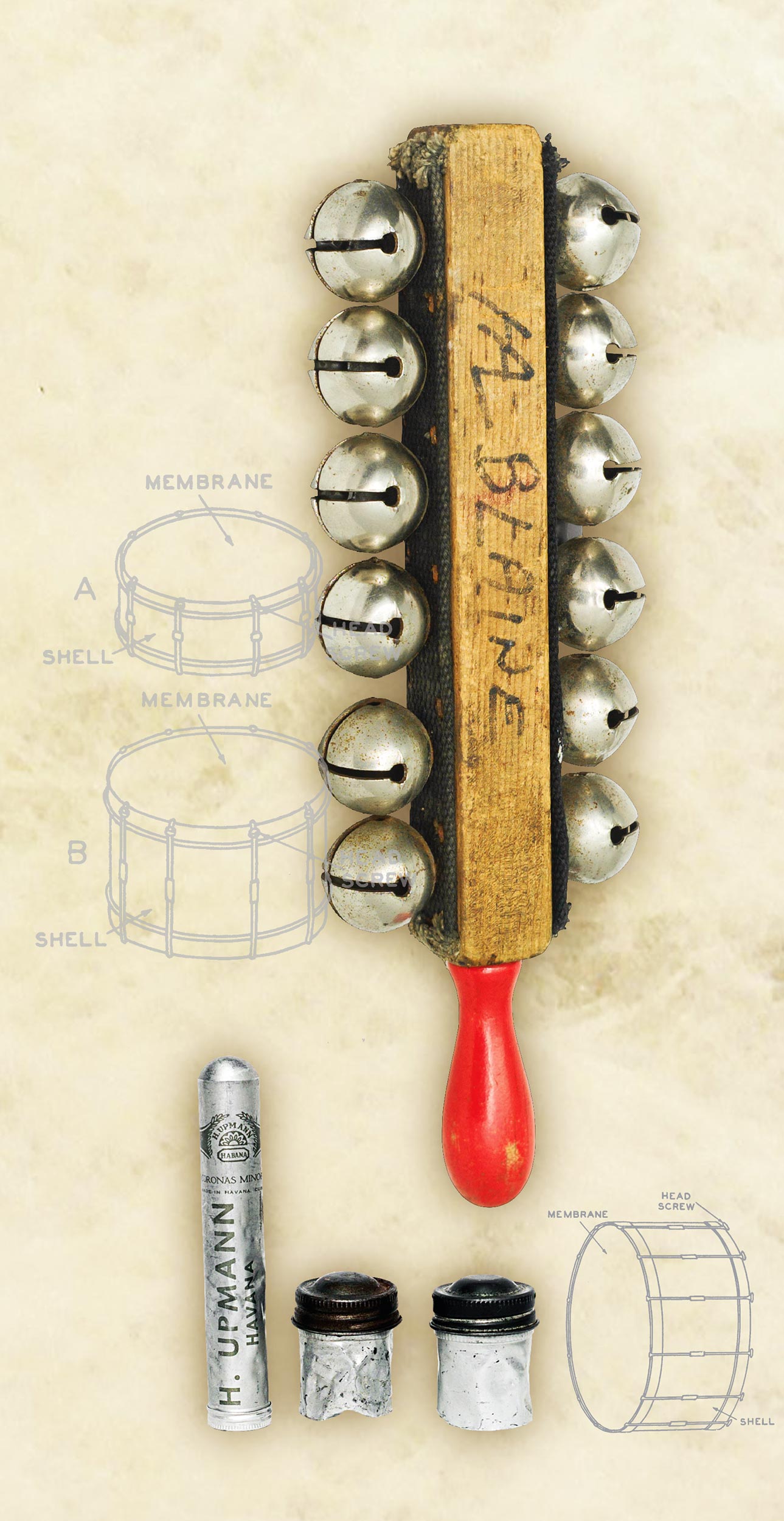Learning the ideal applications of your gear is an excellent ear training exercise, and frankly half the job – whether you’re a recording engineer or a musician. For me, simply remembering this essential process helps to navigate equipment purchases and corresponding reviews, which KRK, being the makers of perhaps the most popular budget studio monitors in the world, seem to have an ever-growing wealth of. I was excited to get my hands on some Classic 5s upon reading that they are based on the KRK ROKIT 5 G3s [Tape Op #103] but designed to have a flatter response.
The Classic 5s are nearfield monitors with a 1-inch tweeter and a 5-inch woofer. On the back panel, there are XLR and 1/4-inch inputs for interfaces and consoles. For DJ/mobile devices there’s an unbalanced RCA input. There are also rotary controls for Volume and LF and HF Level adjustments. Each monitor comes with its own IEC power cable.
Strictly for recreational purposes, these speakers rule. The Classic 5s have an undoubtedly beefy tone, which makes commercial mastered recordings sound amped up. The low end is huge, and, miraculously, the high end didn’t feel drowned out to me. However, I was immediately confronted with the question, “Are they in fact flat?” The first negative thing you’ll read in online forums about KRK 5-inch studio monitors will probably have to do with their heavy low end. It would be silly of me to try and argue otherwise. However, I think these comments miss the mark by not discussing how to mitigate these frequency issues without pushing folks to spend more money than they have. When I sat down to mix on the Classic 5s, I initially struggled with getting bass guitar to sit well in the mix, running into major issues with the low end disappearing when I’d listen on other devices. I will say, although I found it pretty frustrating at first, I was able to adjust my ears and expectations to this issue rather quickly. Therefore, I absolutely think you can get your money’s worth if you spend some extra time experimenting with proper placement and LF/HF monitor adjustments.
I began by pulling the Classic 5s away from walls as much as possible. In my space, I was only able to get about 8-inches out, but I’d recommend at least a foot. If you can get them off your desk, awesome. If not, at least make sure they are angled correctly with the midpoint between the woofer and the tweeter in line with your ears (I propped mine on books). If you do have some extra funds, consider buying inexpensive monitor isolation pads. Anything you can use to decouple the monitors from the desk surface will help. Beyond that, I played around with the Classic 5’s LF and HF adjustments: LF to -1 dB and HF to +1 dB, but at times this adjustment wasn’t enough for me. KRK has a free audio tools app with an analyzer and noise generator, both of which helped me get a rough idea of where problem areas were. Note: This app is intended to work with the G4 ROKITs [Tape Op #137], so some features don’t apply here. Programs are out there that can produce acoustic presets tuned to your room, but they cost about the same as a pair of Classic 5s.
Overall, I liked these monitors. Even without the extra futzing and setup, I was able to pretty quickly adapt my listening skills to get more favorable results. As stated, I had to play around with placement and LF/HF adjustments initially, but in the end, these are truly classic KRKs in the sense that they are well-made, sturdy, and – in lieu of spending more money (as long as you’re willing to work with them a little bit) – will fit the bill. There is no shame in getting to know equipment within your budget!




_disp_horizontal_bw.jpg)